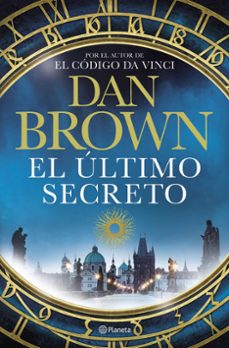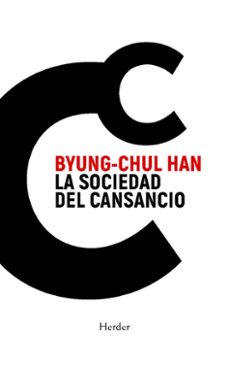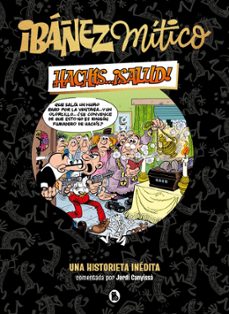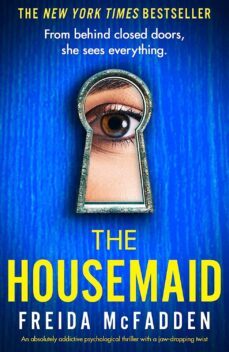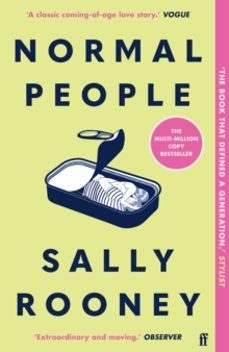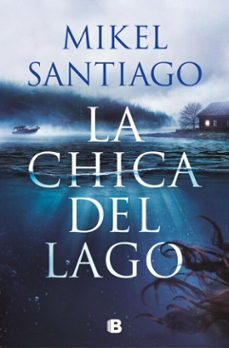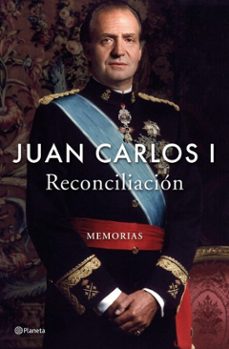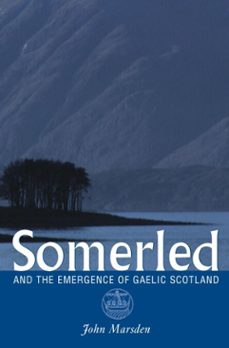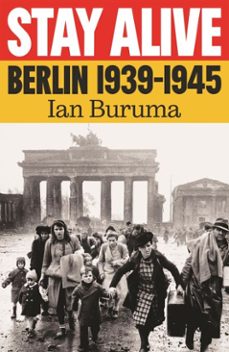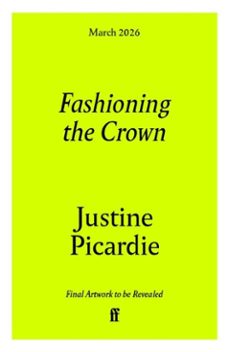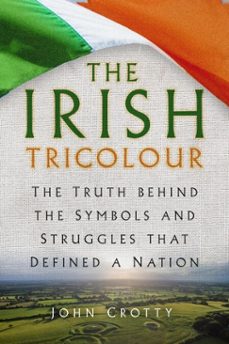Imprescindibles
Más vendidos Libros más leídos eBooks más leídos Todos los libros Todos los libros Autores destacados Series y sagas
Recomendados Libros recomendados Autores destacados Libros que inspiran Vidas con historia LGTBIQ+ English books
Ficción
Literatura Contemporánea Estudios literarios Clásicos Cuentos Poesía Teatro Libros de bolsillo Sagas literarias
Géneros literarios Novela romántica y erótica Novela negra Novela histórica Narrativa fantástica Novela de ciencia ficción Novela de terror Narrativa de humor Narrativa de viajes
No Ficción
Ciencias y tecnología Biología Ciencias Ciencias naturales Divulgación científica Informática Ingeniería Matemáticas Medicina Salud y dietas Formación Idiomas Estilo de vida Libros de Cocina Guías de viaje Narrativa de viajes Deportes Libros de Juegos Manualidades
Humanidades Autoayuda y espiritualidad Ciencias humanas Derecho Economía y Empresa Psicología y Pedagogía Filosofía Sociología Filología Biblioteconomía Estudios filológicos Estudios lingüísticos Estudios literarios Historia y crítica de la Literatura
Infantil
Juvenil
#Jóvenes lectores Narrativa juvenil Clásicos adaptados Libros Wattpad Libros Booktok Libros de influencers Libros de Youtubers Libros Spicy Juveniles Libros LGTBIQ+ Temas sociales Libros ciencia ficción Libros de acción y aventura Cómic y Manga Juvenil Cómic Juvenil Manga Shonen Manga Shojo Autores destacados Jennifer L. Armentrout Eloy Moreno Nerea Llanes Hannah Nicole Maehrer
Libros de fantasía Cozy Fantasy Dark academia Hadas y Fae Romantasy Royal Fantasy Urban Fantasy Vampiros y hombres lobo Otros Misterio y terror Cozy mistery Policiaca Spooky Terror Thriller y suspense Otros
Libros románticos y de amor Dark Romance Clean Romance Cowboy Romance Mafia y amor Romance dramatico Romance dramatico Romcom Sport Romance Otros Clichés Enemies to Lovers Friends to Lovers Hermanastros Slow Burn Fake Dating Triángulo amoroso
Cómic y Manga
Novela gráfica Novela gráfica americana Novela gráfica europea Novela gráfica de otros países Personajes, series y sagas Series y sagas Star Wars Superhéroes Cómics DC Cómics Marvel Cómics otros superhéroes Cómics Valiant
eBooks
Literatura Contemporánea Narrativa fantástica Novela de ciencia ficción Novela de terror Novela histórica Novela negra Novela romántica y erótica Juvenil Más de 13 años Más de 15 años Infantil eBooks infantiles
Humanidades Autoayuda y espiritualidad Ciencias humanas Economía y Empresa Psicología y Pedagogía Filosofía Historia Historia de España Historia Universal Arte Cine Música Historia del arte
Ciencia y tecnología Ciencias naturales Divulgación científica Medicina Salud y dietas Filología Estudios lingüísticos Estudios literarios Historia y crítica de la Literatura Estilo de vida Cocina Guías de viaje Ocio y deportes
Preventa de eBooks de Historia de los países de Europa
Te puede interesar
Filtros
Del 1 al 4 de 4
John Donald 9781907909368
Through most of eight hundred years, Somerled of Argyll has been variously denounced as an intractable rebel against his rightful king and esteemed as the honoured ancestor of the later medieval Lord of the Isles, but he can be recognised now as a much more complex figure of major prominence in twelfth-century Scotland and of truly landmark significance in the long history of the Gael. In this book individual chapters investigate his emergence in the forefront of the Gaelic-Norse aristocracy of the western seaboard, his part in Gaeldoms challenge to the Canmore kings of Scots, his war on the Manx king of the Isles, his importance for the church on Iona, and his extraordinary invasion of the Clyde which was cut short by his violent death at Renfrew in 1164. Perhaps most impressive is the books demonstration of how almost everything that is known of or has been claimed for Somerled reflects the same characteristic fusion of Norse and Celt which binds the cultural roots of Gaeldom. It is this recognition which has led its author to his proposal of Somerleds wider historical importance as the personality who most represents the first fully-fledged emergence of the medieval Celtic-Scandinavian cultural province from which is directly descended the Gaelic Scotland of today.
Ver más
eBook
Atlantic Books 9781805462903
In 1939, when Ian Burumas epic opens, Berlin has been under Nazi rule for six years, and its 4.3 million people have made their accommodations to the regime, more or less. When war broke out with Poland in September, what was most striking at first was how little changed. Unless you were Jewish. Then life, already hard, was soon to get unfathomably worse.By 1943, with the German defeat at Stalingrad, ordinary life in Berlin would acquire an increasingly desperate cast. The last three years of the war in Berlin are truly a descent into hell, with a deranged regime in desperate free fall, an increasingly relentless pounding from Allied bombers, and the mounting dread of the approaching Soviet army. The common greeting of Berliners was now not Auf wiedersehen or Heil Hitler but Bleiben Sie ubrig -Stay alive. And by wars end Berlins population had fallen by almost half.Among the people trying to stay alive in the city was Ian Burumas own father, a prisoner conscripted into forced labour in the war economy along with 400,000 other imported workers. Buruma gives due weight to his and their experiences, which give the book a special added dimension. This is a book full of tenderness and genuine heroism, but it is by no means sentimental: again and again we see that most people do not do the hard thing most of the time. Most people go along. Its a lesson that has not lost its timeliness.
Ver más
eBook
PICARDIE, JUSTINE
Faber & Faber 9780571394302
Published ahead of the centenary of the Queens birth, this beautifully illustrated book uncovers the hidden history of the Crown and how it survived a tumultuous era and two world wars. **Features over 100 sumptuous images**From the birth of the house of Windsor in 1917, its leading women - Queen Mary, the Queen Mother, the Duchess of Windsor and Queen Elizabeth II - faced abdication and assassination, revolution and the rise of fascism, the threat of invasion and all-out war. Their sartorial decisions, alongside those of their royal husbands, projected power and perpetuity, diplomacy and defiance. In this cinematic story of espionage and exquisite couture, Justine Picardie reveals the undercover lives of the creators behind the facade - including Hardy Amies, Cecil Beaton, Norman Hartnell and Edward Molyneux - and traces the ways in which visual iconography safeguarded the monarchy even when their reign seemed to be hanging by a thread.Drawing on original research in the Royal Archives and her own experiences at Balmoral, Windsor Castle and Buckingham Palace, Picardie explores the family feuds and international conflicts that challenged the Crown, and how royal fashion is wielded as a weapon.
Ver más
eBook
CROTTY, JOHN
The History Press 9781837051649
This nationally important book reveals the untold story of the Irish tricolour: its true origins, a forgotten heroine, and the emblems it replaced. For the first time, a fully referenced history corrects long-standing myths and slurs surrounding Irelands national flag. It also reinterprets iconic Irish symbols from the harp and shamrock to the tri-spiral placing them within the broader journey toward Irish nationhood and national identity. Along Irelands road to a republic, key figures are restored to their rightful place from Owen Roe ONeill and Wolfe Tone to Thomas Meagher and Padraig Pearse.The book explores crucial turning points the rise of green as Irelands colour, the rebellions of 1642, 1798, 1848, and 1916, Catholic Emancipation, and the flags later use and misuse. A bold, insightful retelling of Irelands story through its symbols.
Ver más
eBook
Del 1 al 4 de 4

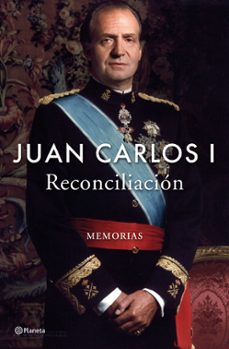
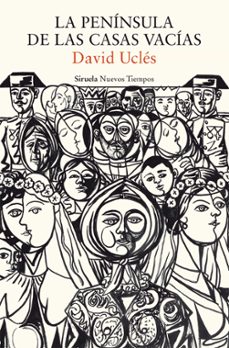
![harry potter y el cáliz de fuego (harry potter [ediciones ilustra das interactivas] 4)-j.k. rowling-9788419868497](https://imagessl7.casadellibro.com/a/l/s5/97/9788419868497.webp)


